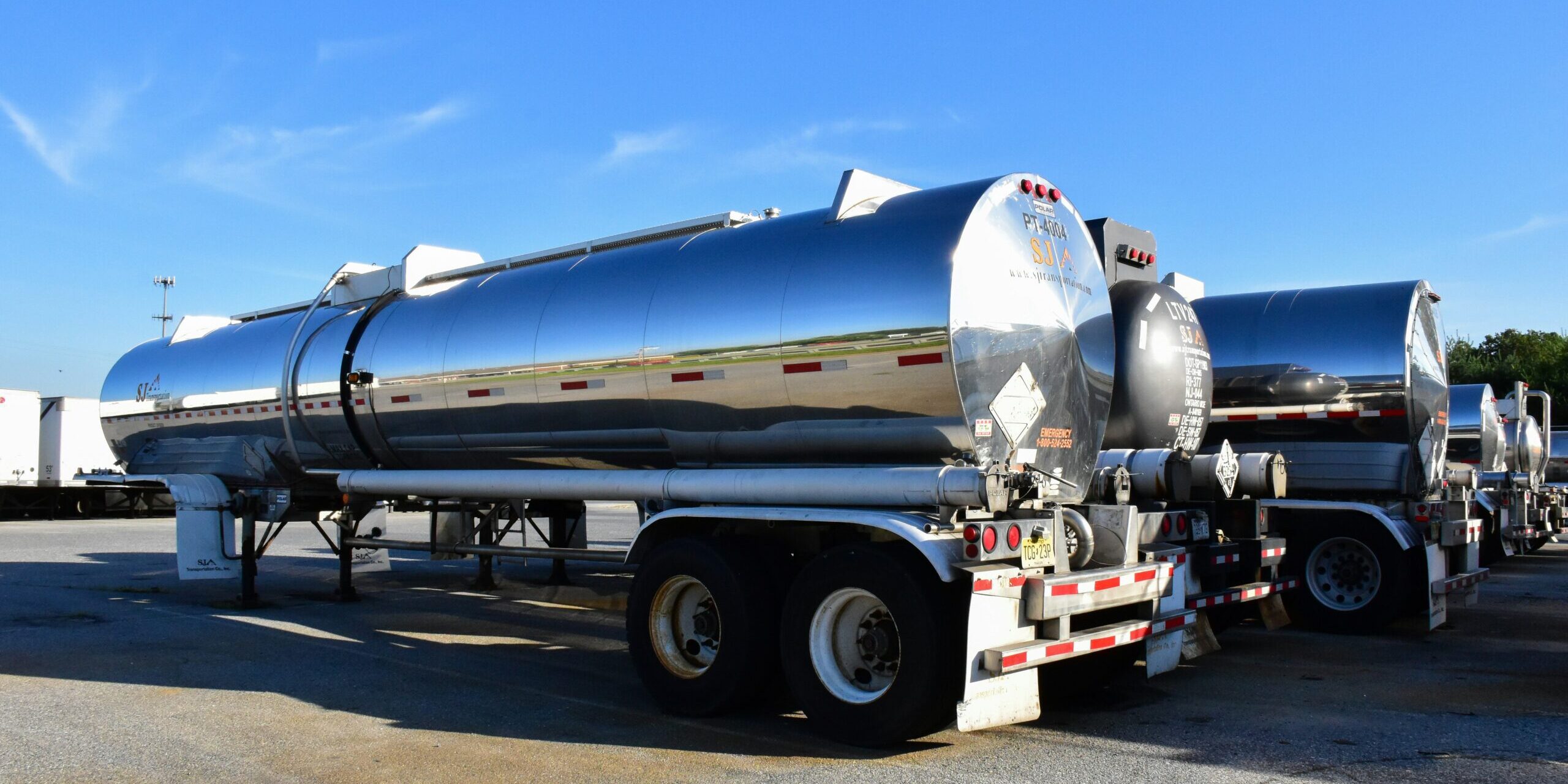A collaborative effort between Princeton University and the Great Lakes Bioenergy Research Center has produced a pioneering model to chart the supply chain for second-generation biofuels in the midwestern United States. This innovative model promises to enhance the sustainability of biofuels, potentially making them a viable alternative to fossil fuels by capturing more greenhouse gases than they emit over their lifecycle.
Unlike conventional biofuels derived from food crops such as corn and sugarcane, second-generation biofuels are produced from agricultural waste and non-food crops grown on low productivity or abandoned land. Despite their potential, these next-gen biofuels face uncertainties about their role in a low-carbon future.
Previous research often focused narrowly on either agricultural aspects or supply chain logistics. However, this new study integrates both perspectives to offer a comprehensive forecast for biofuels across an eight-state region in the Midwest, based on highly detailed data. The findings were published in Nature Energy on May 22.
Christos Maravelias, the Anderson Family Professor of Energy and the Environment at Princeton, emphasized the study’s holistic approach. “We combined high-quality data at fine spatial scales, providing a much more integrated view of these systems,” Maravelias explained.
The complexity of biofuel supply chains requires careful planning at every stage, from crop growth and harvesting to transportation, conversion, and carbon capture. Decisions made at each point can significantly impact costs and emissions. “Even seemingly isolated decisions, like the choice of carbon capture incentives or conversion technology, can dramatically shape the bioeconomy landscape,” noted co-author Caleb Geissler.
The model can help identify optimal strategies for producing biofuels while balancing economic and environmental considerations. It also highlights the crucial role of policy incentives. For example, the 45Q tax credit for carbon capture, worth $85 per ton of sequestered carbon, was found to sufficiently incentivize carbon capture across the system. However, lower tax credits were less effective.
“Our model offers valuable insights into the economics and environmental impacts of future biofuel systems, informing both policymakers and industry leaders,” Maravelias said. “With second-generation biofuels still emerging, it’s crucial to gather as much information as possible now to avoid locking in suboptimal technologies and configurations.”
#ICTTMNews #SustainableEnergy #Biofuels #ClimateAction #RenewableEnergy #NewsUpdate







